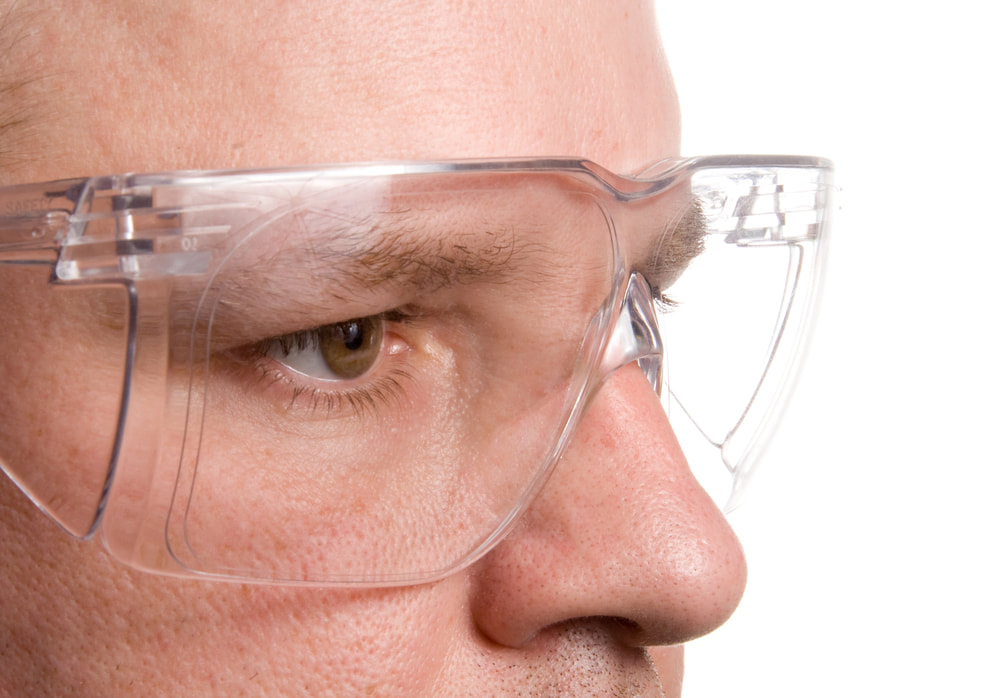Paralympic Spotlight: Blind Football, Goalball, Para Judo, and Swimming2024-09-112024-09-11https://www.relfeyecare.com/wp-content/uploads/relf-eyecare-logo.pngRelf EyeCare Specialistshttps://www.relfeyecare.com/wp-content/uploads/paralympic-spotlight-blind-football-goalball-para-judo-and-swimming-scaled.jpeg200px200px
The Paralympics are coming to a close. It’s amazing what these athletes are achieving. Here is some information regarding the sports and classification of athletes based on their visual abilities.
- Blind Football: This was started in Athens at the 2004 Olympics. It is similar to soccer, but the ball has sewn-in rattles so athletes follow by sound. All outfield athletes must be classified as completely blind (very low visual acuity and/or no light perception) and all must wear eyeshades. Goalies can be fully or partially sighted. They will help during the game to call out cues to their team. It is required for complete silence during the game for help from the goalie as well as a guide. This guide will stand behind the opposition’s goal to help in offense.
- Goalball: This was invented in 1946 after WW2 for the men who lost their eyesight. It made its Olympic debut in 1976. A rolling ball with internal bells is moving along and players try to score by getting the ball in a 9-meter wide goal. The ball is bounced once on their own side as well as the neutral area before a point can be earned. There are tactile markings on the ground to help players determine where they are. This is played in silence as well so the athletes can hear the ball. They will also wear eye shields to keep the competition fair.
- Para Judo: This sport joined the men’s Olympics in 1988 and women’s in 2004. It is similar to Judo, but players must maintain a hold on the opponent’s judogi the entire match.
- Swimming: This is the second largest of the paralympic sports. It was started at the inaugural Paralympic Games in 1960. Swimmers can start off the block or in the water. Swimmers with vision impairment have “tappers”, or individuals that will tap the swimmer’s head to warn of the wall in a coming turn or for finishing the race. To keep the race fair for vision impairment races, all swimmers will wear darkened goggles. Swimmers without vision impairments are divided up by the level of physical impairment as well to keep things fair. No prosthesis are allowed in this event.










